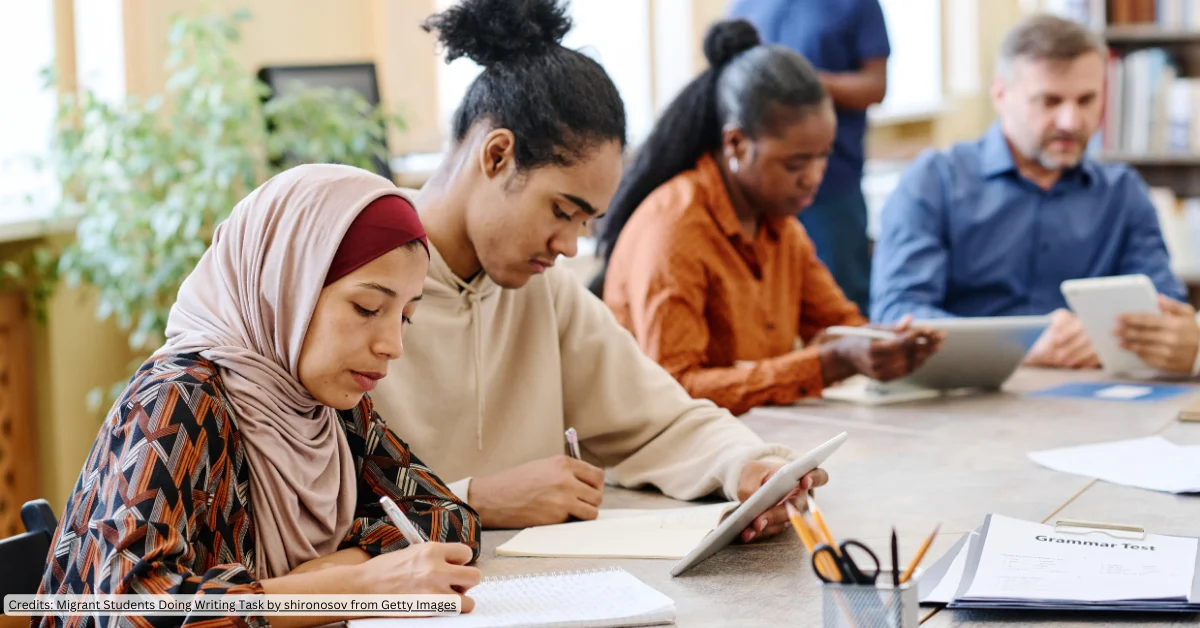Damian Trotter is a recognisable face in the Australian music industry, with over 30 years’ experience in a variety of roles at CBS from Sales Rep, Marketing Consultant, A&R and Promotions, through to Managing Director of Sony/ATV Publishing in 1992, now the largest music publishing company worldwide.
In addition, he is passionate about supporting indigenous musicians and apart from Gurrumul has worked alongside many indigenous artists, such as Sunrise Band, NoKTuRNL, Jeremy Marou, Thelma Plum and Shakaya, as well as David Page of the Bangarra Dance Theatre and producer Daniel “Trials” Rankine.
Trotter is the newest Board Member of the Gurrumul Yunupingu Foundation (GYF).
How has your passion for supporting indigenous musicians come about?
I’ve had a long history of working alongside many indigenous musicians. I can’t say that my interest in supporting indigenous artists was based on anything more than identifying their talent and wanting to assist and help develop their careers as we would musicians of any background.
That said, of course those challenges become greatly amplified when working with artists from remote communities who don’t have the access or availability to the kinds of opportunities that come with simply being in a big city.
Tell me about the time you spent working in remote indigenous communities. What lead you there?
My connection and affinity for the people in remote communities comes from just spending a lot of time out there camping and travelling about.
I have spent a lot of time travelling in Central Australia, the Western Desert, Great Sandy Desert, the Kimberley’s, Cape York and the Top End communities such as Papunya, Docker River, Mutitjulu, Kintore, Kiwirrrkurra, Maningrida, Balgo, Lake Mackay, Beswick and Elcho Island.
I was driven mainly by a love for the Australian desert and bush and the strength of the spirit of the people that live in these remote parts of the country.
What did you notice were some of the challenges faced by indigenous people, particularly musicians, in these communities?
To varying degrees, the challenges faced by those living in remote communities can be pretty dramatic. This is not to say that there are not many remote communities functioning particularly well under strong leadership and driven by a powerful sense of pride in their culture.
The tyranny of distance impacts certain communities harder where resources and opportunities are very limited.
Boredom and truancy among the youth, apart from impinging upon their educational development, can end up making them very susceptible to substance abuse which can take a variety of forms. This is a tragedy that urgently requires attention and well considered solutions.
There are certain communities that have implemented programs to incentivise school attendances which have been highly successful and can only strengthen the very fabric of these communities.
When did you first meet Gurrumul, and what made him stand out?
Gurrumul was first introduced to me by Mark Grose and Michael Hohnen, a musician and a community health worker, who came together in Darwin to establish a music label Skinnyfish for indigenous musicians from the Top End.
I can honestly say that I have never been more moved by a voice or an artist as I was the first time I heard Gurrumul sing in his language.
It’s easy to get caught up in hyperbole and the language of press releases but Gurrumul seriously is unlike anyone else and the effect that he and his voice has on people who hear it for the first time is something I always delight in being witness to. He is a man of few words but he has a great sense of humour and lives for his music.
Tell me about Gurrumul’s Foundation.
GYF’s vision is to create greater opportunities for remote Indigenous young people to realise their full potential and contribute to culturally vibrant and sustainable communities.
The role of the Foundation is to identify, support and resource the development of arts and cultural programs that enable remote Indigenous young people to contribute to culturally vibrant and sustainable communities.
Why did you want to join the GYF board?
I was invited to become involved by Mark and Michael who asked me to join Dr Fiona Stanley on the board. I was extremely honoured to be asked to work alongside people of such integrity who are also pragmatic in setting realistic and achievable.
The GYF sets out to identify specific areas in specific communities which can enhance the lives of the young people in those communities in a way that can be sustained over a long period of time and that I find very exciting.
While this is your first time on an NFP board, you have many years’ experience on corporate boards. What advice do you have for board members?
- Be prepared to commit to the stated goals of the Foundation.
- Listen to the needs of the people in whose name the Foundation is seeking to provide assistance.
- Focus on realistic goals that can be sustained long term.
- Emma McDonaldhttps://thirdsector.com.au/author/emma-mcdonald/
- Emma McDonaldhttps://thirdsector.com.au/author/emma-mcdonald/
- Emma McDonaldhttps://thirdsector.com.au/author/emma-mcdonald/
- Emma McDonaldhttps://thirdsector.com.au/author/emma-mcdonald/











